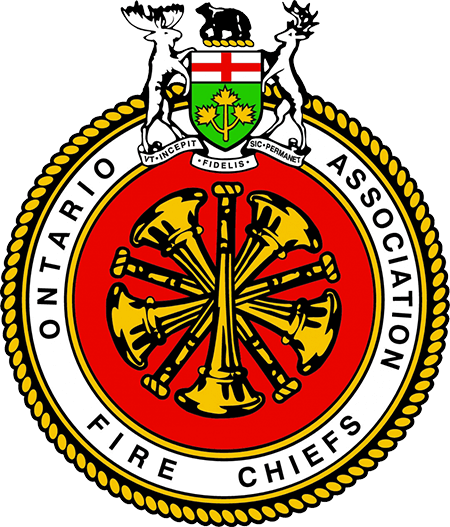Port Colborne fire chief's move will help city as it grows, important from succession planning, says Niagara Falls fire chief
Scott Lawson's experience as a fire chief and in fire prevention in Niagara makes him an ideal replacement for retiring Deputy Chief Scott Wilkinson in the ever-growing city of Niagara Falls, says Chief Jo Zambito.
“With the building of the new hospital and the future growth in Niagara Falls with all the development, Scott's fire prevention skills are definitely going to help us moving forward,” said Zambito.
Most recently, Lawson has served as Port Colborne's fire chief for more than three years.
“From a succession planning, you want to make sure that we're not only covered for today, but we're covered moving forward into the future. For Scott, Niagara Falls is a bigger department, it's a larger department. We have a lot of specialization that we do with the gorge and the river.
“We do a lot more than smaller communities may offer in terms of level of service, so he was ready for a new challenge, which is the reason why he has come to Niagara Falls.”
Lawson started his career more than 20 years ago as a volunteer firefighter in Grimsby.
After Grimsby, he was a fire prevention officer in Niagara-on-the-Lake and St. Catharines before going to Port Colborne eight and a half years ago to fill the position left vacant by former fire prevention officer Mike Bendia, who had become deputy chief. Lawson did that for two and a half years before an opportunity came to step into the role of deputy chief.
In Niagara Falls, Lawson will replace Wilkinson on April 15 and will take on communications, fire prevention and administration.
Niagara Falls, which has a population of close to 100,000 — and growing — and sees about 14 million visitors a year, has two deputy chiefs, with Ken Henry being the other, responsible for operations, a portfolio including full-time and volunteer suppression and training division.
“Our department is quite large, so they oversee the day-to-day operations of their respective portfolios,” said Zambito.
“We have a fire prevention division that not only takes care of annual inspections and annual compliance, but they also do new businesses, they do renovations. They work in conjunction with the building department for new permits, new development, new subdivisions, of course the hospital and a lot of the other major developments that are happening throughout the city.”
Lawson will also oversee the day-to-day communications division, including dispatch and the transition to next generation 911, which has been mandated by the province.
“There's definitely a lot (on both deputy chiefs' plates). Now, mind you, they need to be mindful and understanding both sides of the portfolios because they have to fill in for vacations and on call,” said Zambito.
“All three chiefs, myself and both deputies, rotate on call for major emergencies. That's 24/7. If we have a major fire or a major emergency that we need to respond to, there's always a chief that's on call, so part of (Lawson’s) role will be able to cover for on-call as well.”
Niagara Falls Fire Department has just shy of 150 full-time firefighters, with 80 volunteers operating out of three volunteer stations, a division of eight fire prevention officers and a staff of six in its communications centre.
In total, the department has seven fire stations, their ongoing maintenance for which Lawson will also be responsible.
In a recent interview with the Welland Tribune, Lawson said the “big” move to Niagara Falls is “exciting.”
“There is so much growth and diversity in Niagara Falls,” he said. “This is going to take my abilities to the next level. I think it will be the next piece in my career that helps me fulfil where I want to be as a person when I eventually retire.”
